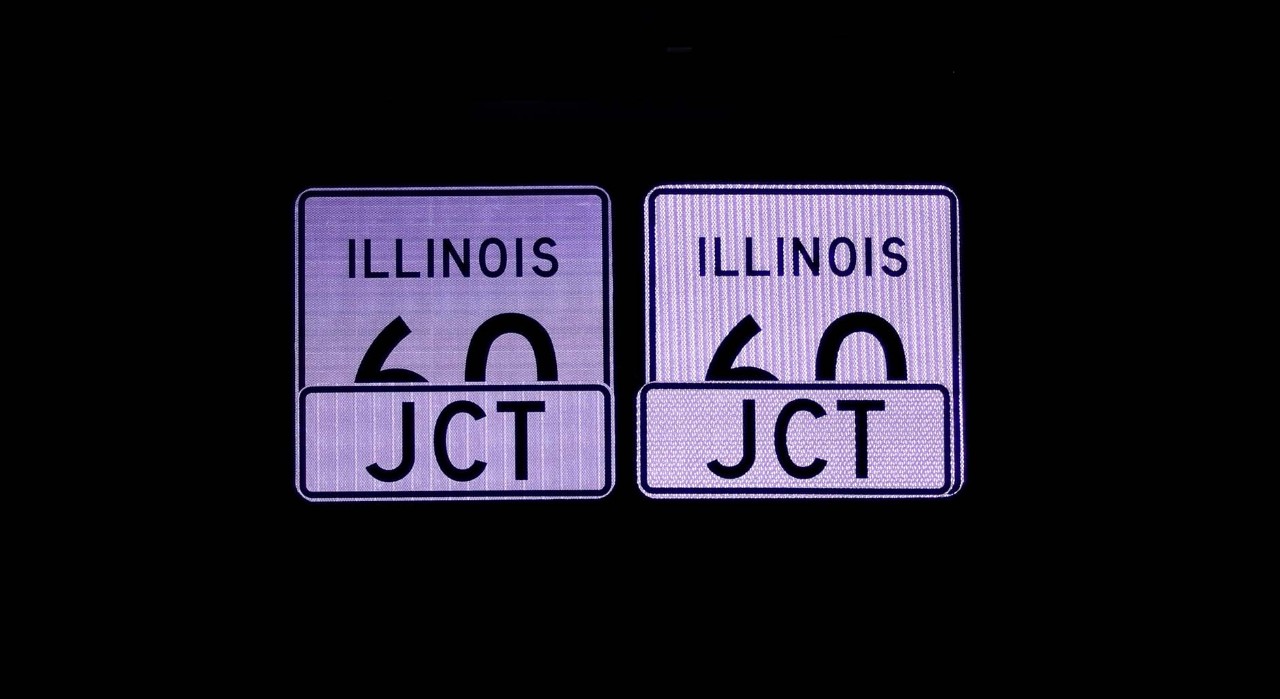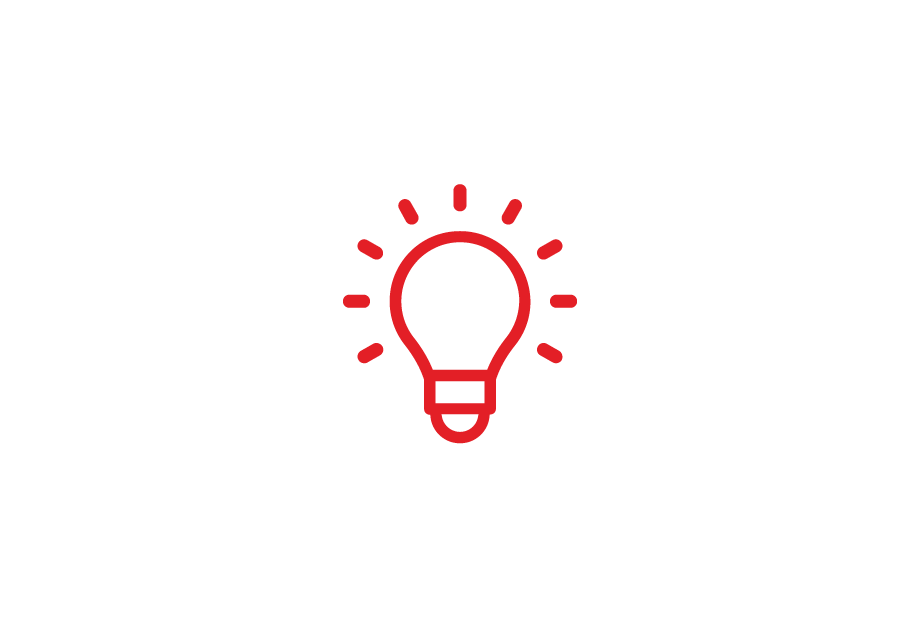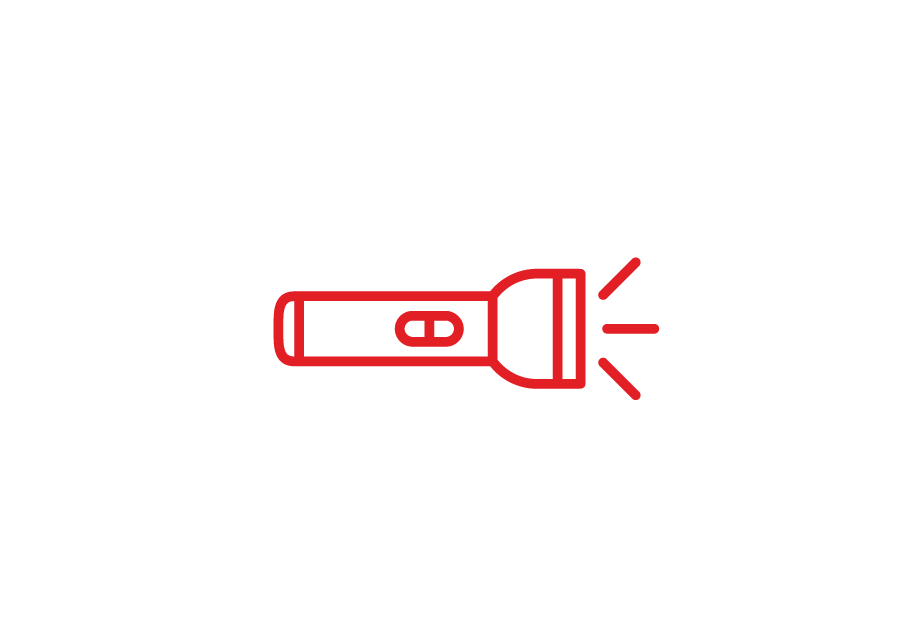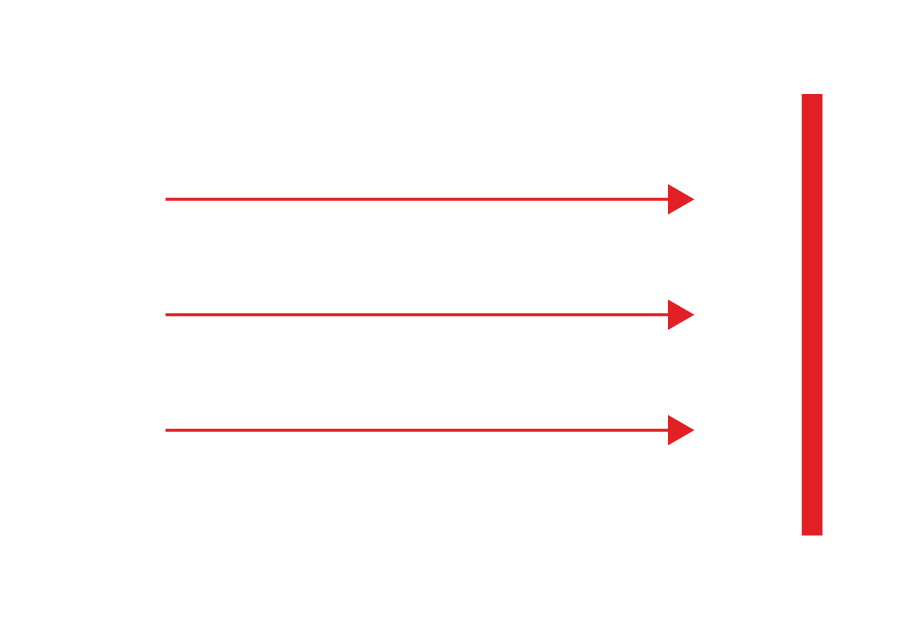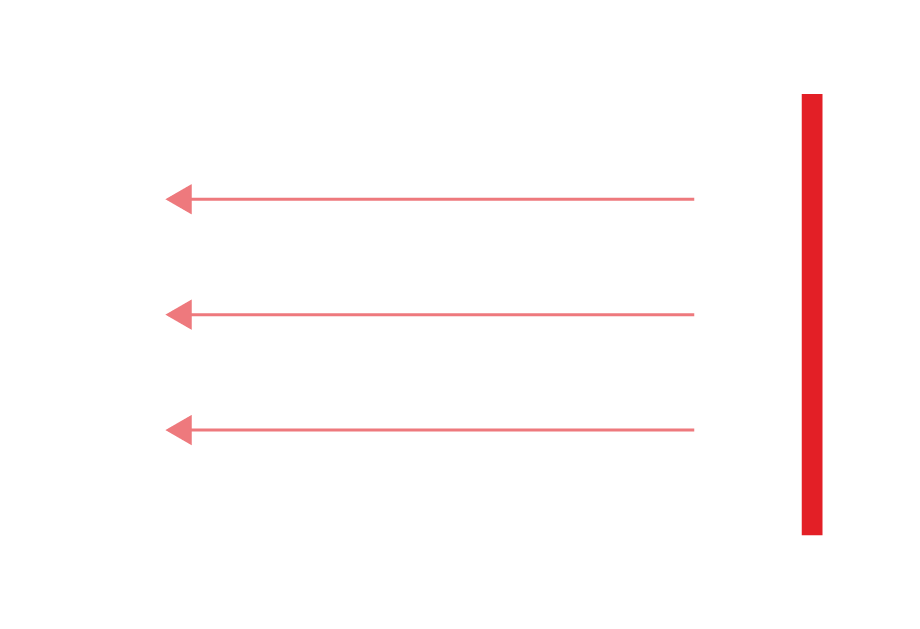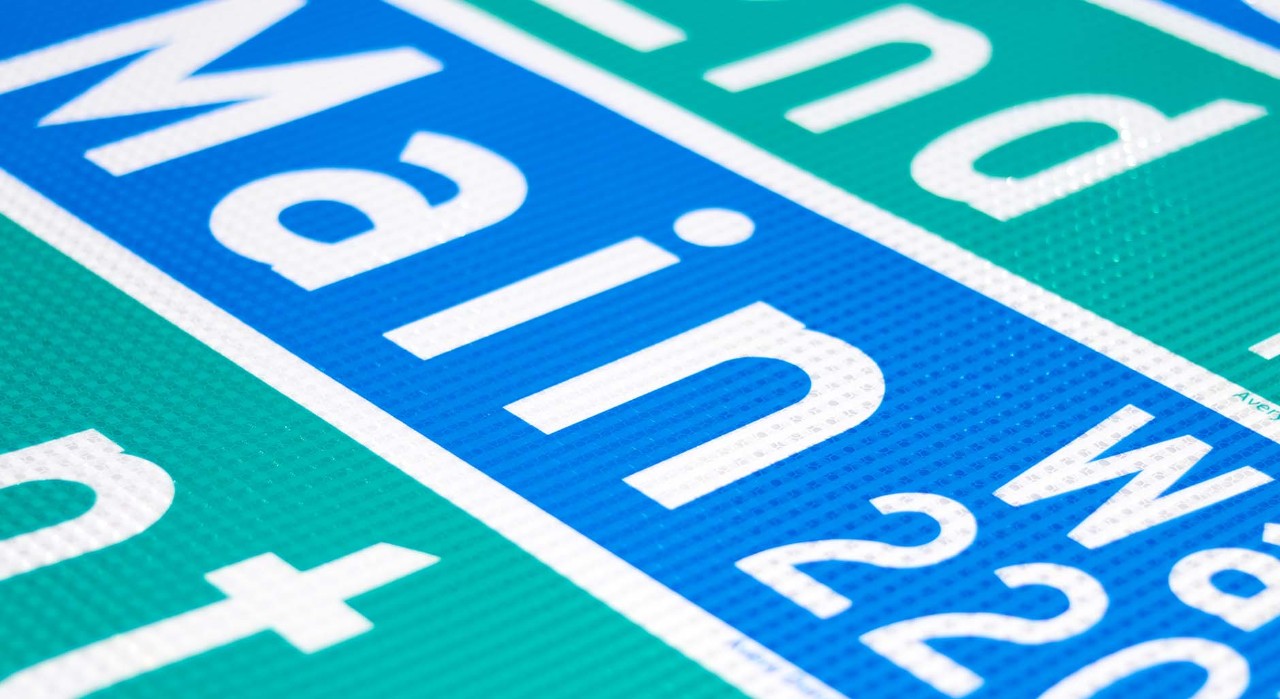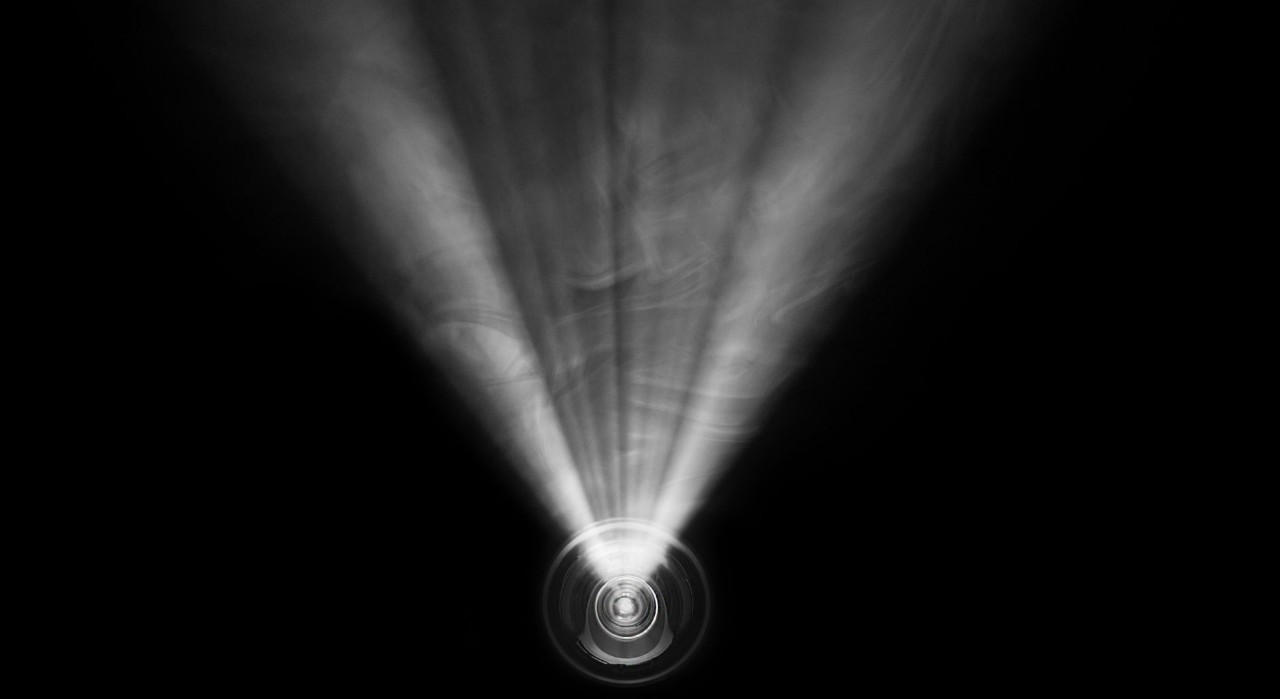To measure retroreflectivity we must know how much light is reaching our reflector, and how much of that light is coming back. In other words, a certain amount of light energy radiates out from a light source, some of the energy reaches our surface of interest, our surface will absorb some of it, scatter some, and retroreflect some back towards the source.
To measure retroreflectivity in the lab, a fixed light source is pointed towards a sample. The light source illuminates (lx) the sample with a certain known level of light. The sample, depending on its size (m2), will collect a portion of that light, and direct (cd) some of it back towards a sensor positioned near the light source. The sensor then measures the amount of light coming back to provide our retroreflectivity measurement.
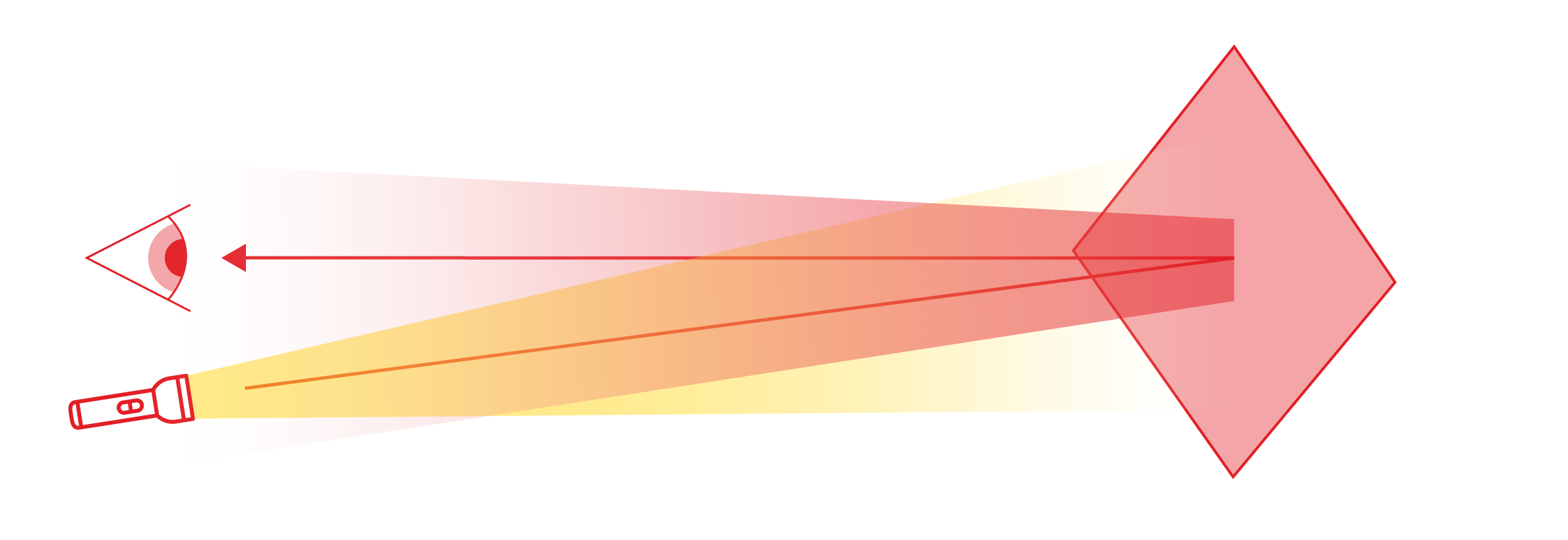
It is important to note that the sensor does not measure the entire cone of retroreflectivity but rather a point within that cone so we can calculate how well a retroreflector sends light back in a particular direction, as opposed to how much light is reflected off the entire surface. As such, lab measurements provide a limited view of the whole picture, but are often sufficient for quality control purposes. What a driver may see on the road is more dynamic and complicated than what is measured in the lab. We cover these details in later chapters.

